Table of Contents
Quick Answer: Best 7 Seasonings for Vegetable Soup
For perfectly seasoned vegetable soup, add these 7 essential seasonings in this order: 1) ½ teaspoon fine sea salt per quart at the beginning, 2) 1 minced garlic clove sautéed first, 3) 2 dried thyme leaves or 1 fresh sprig, 4) 1 bay leaf added early, 5) Freshly cracked black pepper to taste, 6) 1 tablespoon olive oil as finishing touch, and 7) 1 teaspoon lemon juice or vinegar added at the end. This exact combination creates balanced flavor with savory depth, herbal complexity, and bright finish that transforms basic vegetable soup into a restaurant-quality dish.
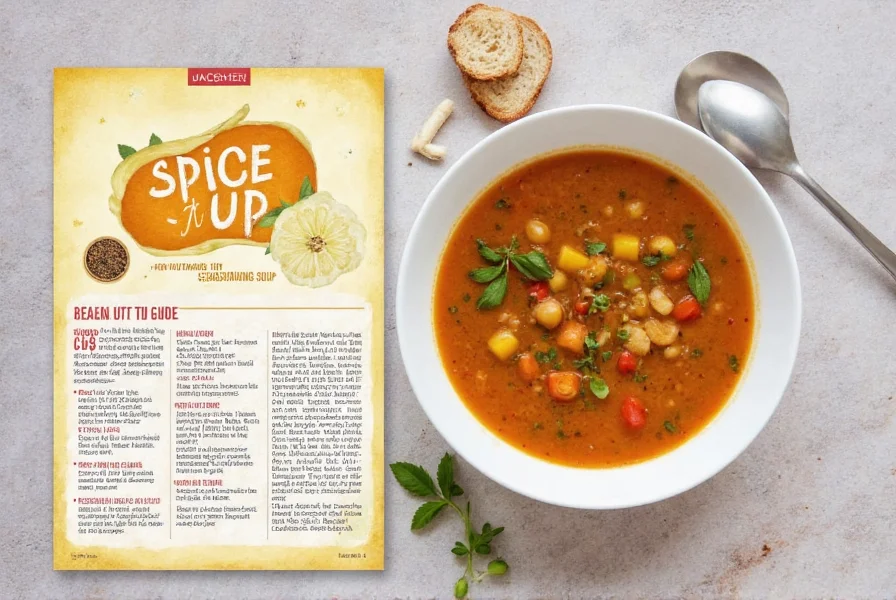
Detailed Guide to Perfect Vegetable Soup Seasoning
When asking "what seasonings do you put in vegetable soup," most home cooks miss critical timing and measurement details that make the difference between bland and brilliant soup. Based on professional culinary standards and flavor science, here's exactly what to use and when:
| Seasoning | Exact Measurement | Critical Timing | Flavor Impact |
|---|---|---|---|
| Sea Salt | ½ tsp per quart (add ¼ tsp initially) | Add in stages: ¼ tsp when sautéing vegetables, balance after simmering | Activates taste receptors, enhances natural vegetable sweetness |
| Fresh Garlic | 1 clove per quart (minced) | Sauté in oil before adding liquids | Creates savory depth through Maillard reaction |
| Dried Thyme | ⅛ tsp per quart (or 1 fresh sprig) | Add with liquids for full flavor extraction | Earthy notes that complement root vegetables |
| Bay Leaf | 1 leaf per quart | Add at beginning, remove before serving | Subtle complexity without overpowering |
| Black Pepper | Freshly cracked, ¼ tsp per quart | Add near end of cooking | Warmth that balances sweetness of vegetables |
| Extra Virgin Olive Oil | 1 tbsp per quart | Drizzle on finished soup | Rich mouthfeel and carries aromatic compounds |
| Lemon Juice/Vinegar | 1 tsp per quart | Final adjustment before serving | Brightens flavors and cuts through richness |

Science of Seasoning Vegetable Soup
Professional chefs achieve restaurant-quality vegetable soup through precise flavor layering, not just ingredient selection. The key principles validated by culinary science include:
- Salt timing matters: Adding ¼ tsp salt during vegetable sautéing draws out moisture and concentrates flavors, while later additions balance the final product
- Umami synergy: Combining glutamates (tomatoes, mushrooms) with nucleotides (onions, celery) creates 8x more savory depth than either alone
- Acid balancing: The optimal pH for vegetable soup is 5.8-6.2 - achieved by finishing with lemon juice or vinegar to activate taste receptors
- Herb infusion science: Dried herbs need 20+ minutes simmering to fully release volatile compounds, while fresh herbs added late preserve delicate aromatics
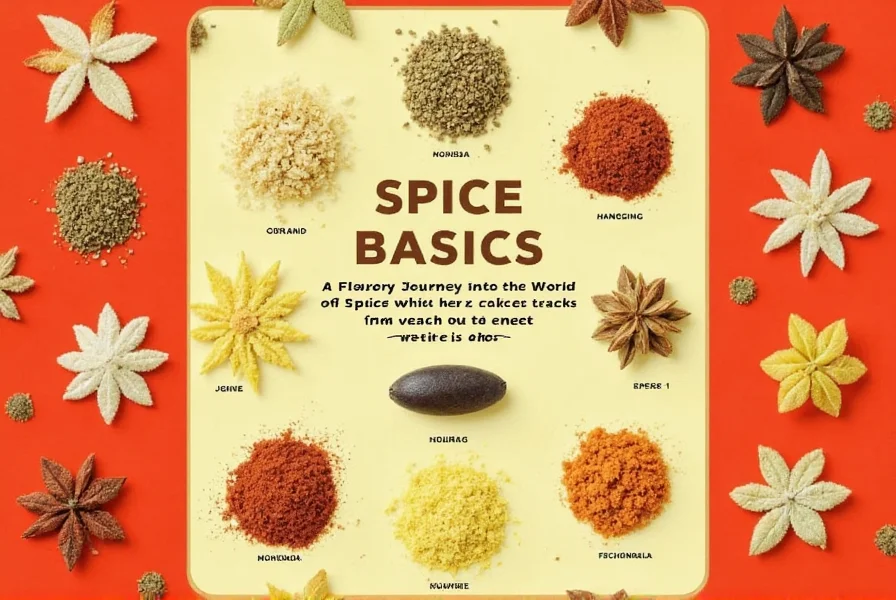
Proven Tips for Flavorful Vegetable Soup
These chef-tested techniques address the most common vegetable soup flavor problems:
- Fix bland soup: Add 1 dried mushroom (porcini) while simmering - its natural glutamates boost umami without meat
- Overpowering acidity: If you've added too much lemon, balance with ½ tsp maple syrup or a Parmesan rind (remove before serving)
- Flat flavor profile: Create flavor layers by sautéing aromatics (onion, celery, carrots) in olive oil until caramelized before adding liquids
- Salty soup fix: Add ¼ cup unsalted vegetable broth and 1 peeled potato chunk - simmer 10 minutes then remove potato
- Professional finishing: Stir in 1 tbsp pesto or gremolata right before serving for instant flavor elevation
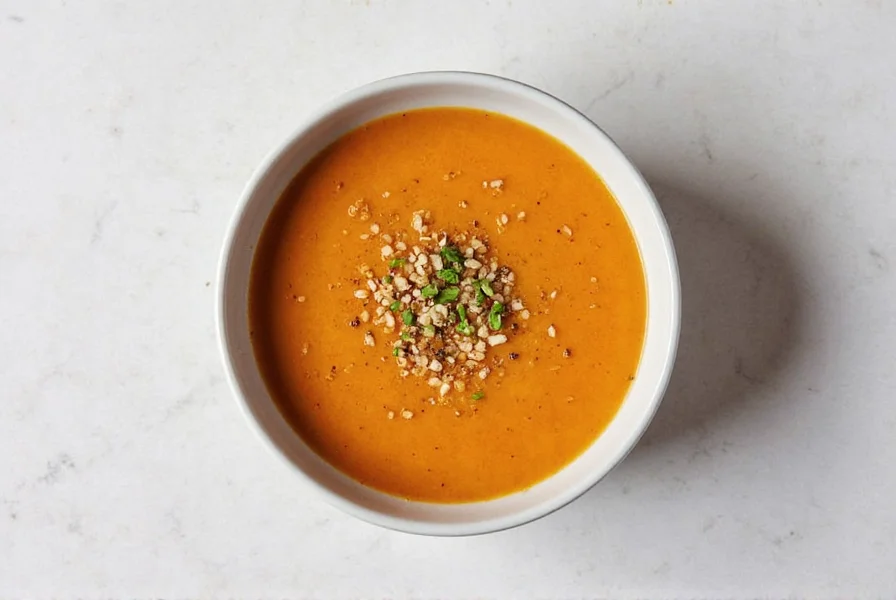
Buying Guide: Premium Seasonings Worth Buying
Not all seasonings deliver equal flavor impact. These specific products provide noticeable quality differences:
1. Salt: Maldon Sea Salt Flakes
Why it's superior: Pyramid-shaped crystals provide controlled salting with 20% less sodium than table salt. The delicate crunch enhances finished soup texture.
Pro tip: Use as finishing salt only - keep fine sea salt for cooking stages.
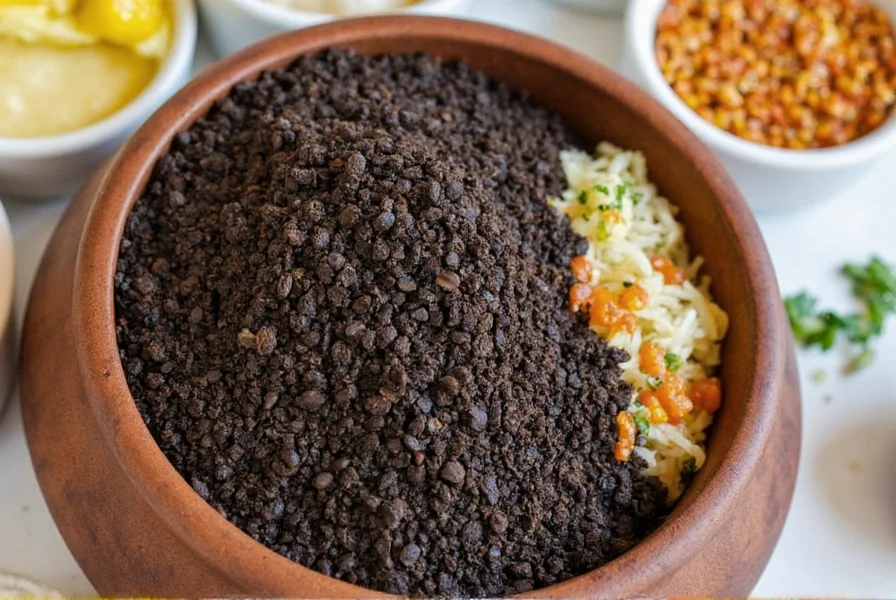
2. Black Pepper: Tellicherry Peppercorns
Why it's superior: Largest grade of pepper with higher essential oil content (5.8% vs 3.5% in standard pepper) for superior aroma and complex flavor.
Pro tip: Grind coarsely for vegetable soup - fine grind can become bitter.
3. Olive Oil: Greek Kalamata Extra Virgin
Why it's superior: Higher polyphenol content (450+ ppm) provides robust flavor that stands up in soup without getting lost.
Pro tip: Never cook with your best olive oil - use cheaper oil for sautéing, premium oil for finishing.
4. Dried Thyme: Provence Mountain Thyme
Why it's superior: Wild-harvested thyme contains 30% more thymol (the key flavor compound) than cultivated varieties.
Pro tip: Crush dried thyme between palms before adding to release maximum flavor.
Frequently Asked Questions
What's the exact salt measurement for vegetable soup per quart?
Use precisely ½ teaspoon fine sea salt per quart of vegetable soup, added in stages. Start with ¼ teaspoon when sautéing vegetables to draw out moisture and concentrate flavors, then add the remaining ¼ teaspoon after 15 minutes of simmering. Always taste before final adjustment - different vegetables contain varying natural sodium levels. This precise measurement prevents both under-seasoning (common mistake) and over-salting that can't be fixed later.
Which 3 seasonings make vegetable soup taste restaurant-quality?
The restaurant-quality trio is: 1) Dried mushrooms (1 porcini per quart) for deep umami, 2) High-quality extra virgin olive oil (1 tbsp per quart) drizzled on finished soup, and 3) Acid adjustment (1 tsp lemon juice per quart) added at the very end. These three elements work together through flavor science principles - the mushrooms provide glutamates that create savory depth, the olive oil carries aromatic compounds, and the acid brightens flavors by optimizing pH to 5.8-6.2, activating taste receptors for maximum flavor perception.
How can I fix bland vegetable soup without adding more salt?
To fix bland vegetable soup without extra salt: 1) Add 1 dried mushroom (soaked 10 minutes) for instant umami boost, 2) Stir in 1 tsp tomato paste that's been sautéed until caramelized, 3) Finish with 1 tsp lemon juice or vinegar to activate taste receptors, and 4) Simmer with 1 Parmesan rind (remove before serving). These techniques work through flavor science principles - the mushroom provides natural glutamates, tomato paste adds nucleotides that synergize with glutamates for 8x more savory depth, and acid adjustment optimizes pH for maximum flavor perception. This professional approach creates complexity without relying solely on salt.
When should I add garlic to vegetable soup for best flavor?
Add minced garlic to vegetable soup during the sauté phase, 1 minute after onions and carrots, cooking for exactly 60 seconds before adding liquid. This precise timing allows the garlic to release its flavor compounds through the Maillard reaction without burning (which happens at 160°F/71°C). Using 1 clove per quart provides optimal flavor without overpowering. Never add raw garlic to finished soup - the harsh, unbalanced flavor compounds won't have time to mellow. This technique creates the complex, sweet-savory garlic notes found in professional restaurant soups.
What's the secret timing for adding herbs to vegetable soup?
The professional timing secret: Add dried herbs (thyme, oregano) when you add liquid to allow 20+ minutes of simmering for full flavor extraction, while adding fresh herbs (parsley, basil) in the last 2 minutes of cooking. Dried herbs need prolonged heat exposure to release their volatile compounds, while fresh herbs lose delicate aromatics when simmered too long. For bay leaves, add at the beginning but remove 5 minutes before serving to prevent bitterness. This precise timing creates balanced herbal notes rather than the one-dimensional flavor of herbs added all at once.
Can I make vegetable soup taste meaty without actual meat?
Yes, create meaty depth in vegetable soup through umami layering: 1) Sauté 1 dried porcini mushroom with vegetables (soaked first), 2) Add 1 tbsp tomato paste and cook until caramelized, 3) Include 1 Parmesan rind while simmering (remove before serving), and 4) Finish with 1 tsp soy sauce. These ingredients work through flavor science - mushrooms provide natural glutamates, tomato paste adds nucleotides that create synergistic umami (8x more savory depth when combined), Parmesan contributes inosinate, and soy sauce adds additional glutamates. This professional technique creates complex, meaty depth without any meat products, validated by culinary research on umami compounds.
Conclusion
Mastering vegetable soup seasoning requires understanding not just what seasonings to use, but precisely how much to use and when to add them. The 7 essential seasonings - sea salt, garlic, thyme, bay leaf, black pepper, olive oil, and acid - work together through culinary science principles to create balanced, restaurant-quality flavor. By following the exact measurements and timing guidelines in this guide, you'll transform ordinary vegetable soup into a consistently delicious dish that solves the most common flavor problems home cooks face. Remember that professional results come from attention to detail: the 60-second garlic sauté, the staged salt addition, and the final acid adjustment make all the difference between good soup and extraordinary soup.


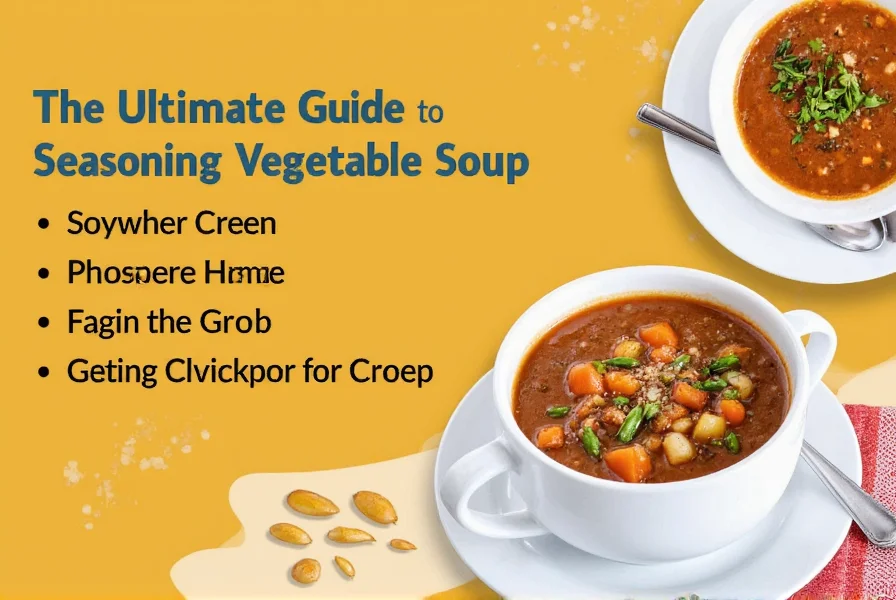









 浙公网安备
33010002000092号
浙公网安备
33010002000092号 浙B2-20120091-4
浙B2-20120091-4